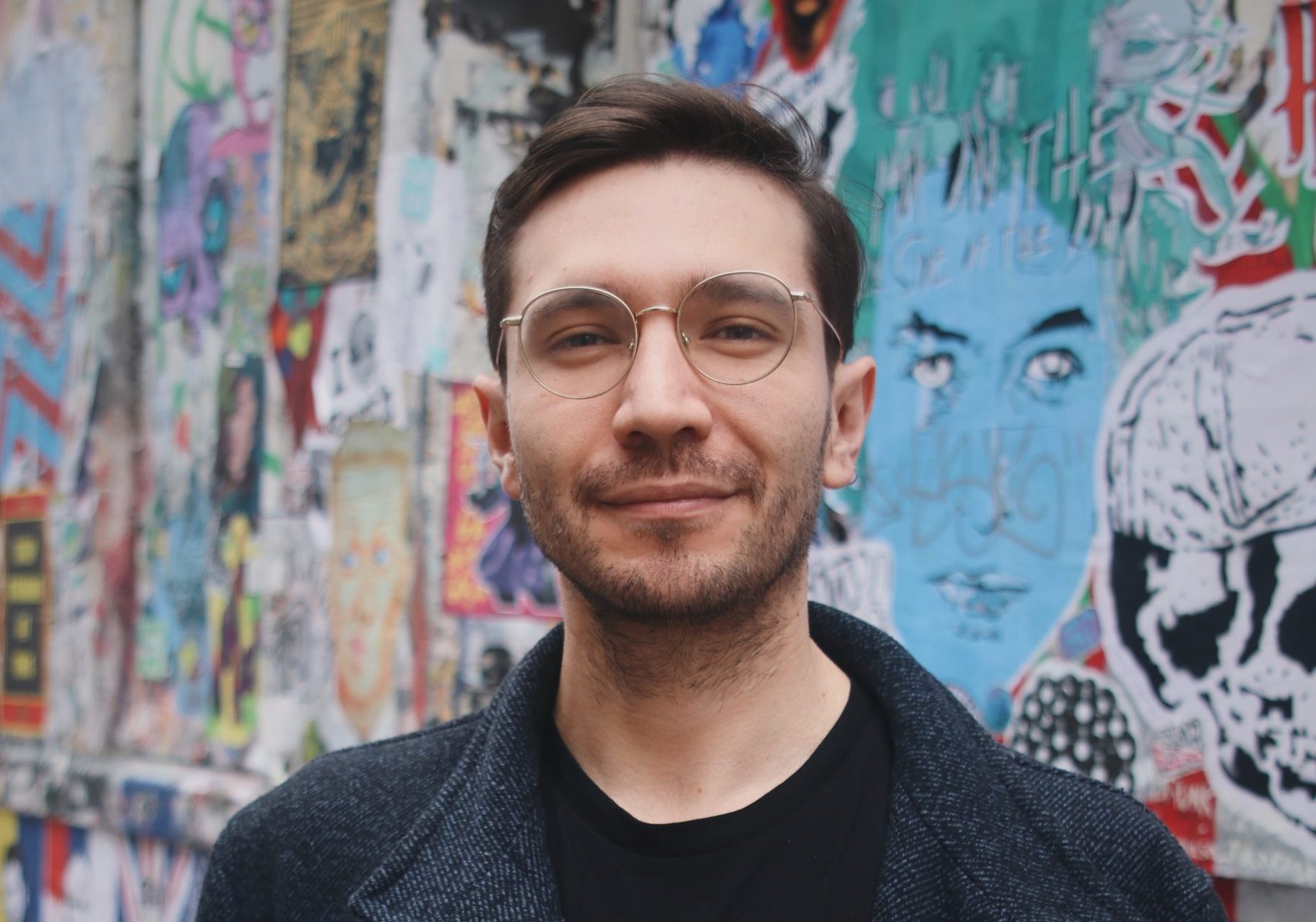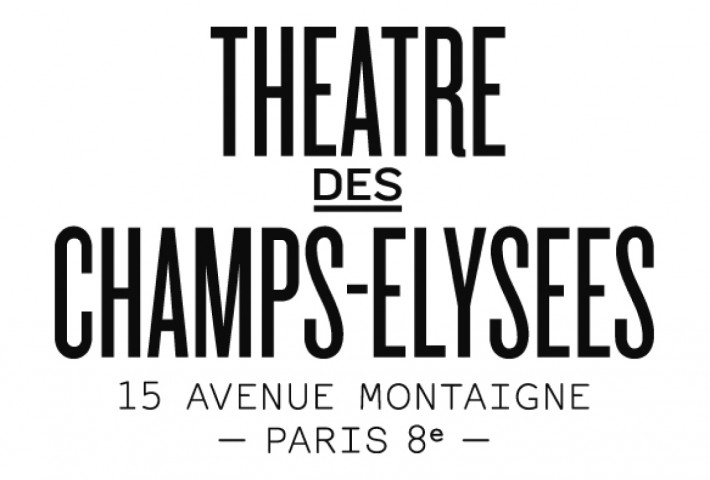Anibal Vidal
Music Composer
Spring 2025

- Classical Music
- New York
“Musically, I aim to recreate the sounding journey described in Thoreau’s chapter “Sounds” in Walden, which appears to be structured from morning to afternoon to night and back to morning again.”
I am a Chilean composer based in London whose compositional pursuit resonates with both my Latin American heritage and classical training. Through these lenses, I aim to create a sound that speaks universally by creating immersive works characterized by gestural repetition and timbral experimentation.
My creative process embraces the self-discovering nature of my approach to both traditional and unconventional instruments, incorporating the raw nature of objects and the human voice into my work. By blending these elements within a classical music setting, I form a sound palette driven by the physicality of sound and by direct experimentation with its source.
Discursively, I am interested in quoting, referencing, and interacting with both classical and popular repertoires, as well as incorporating extramusical elements. These serve as a means to engage with the broader symbols of society, allowing me to explore connections between music and the cultural context in which it exists.
Aníbal Vidal is a Chilean composer based in London (b. 1991), holds a Master’s Degree in ComposiCon with DisCncCon and an ArCst Diploma from the Royal College of Music. His prizes, commissions and parCcipaCons include the Pisar Prize (Ville AlberCne, The Julliard School, Théâtre des Champs-Elysées), DYCE commission in partnership with the EU, Spitalfields FesCval commission (UK); 1st Prize in the 20th Joan Guinjoan InternaConal Prize (Barcelona); 2nd Prize in the Matan Givol Composers CompeCCon 2024 (Israel); The Robert Anderson Trust Special Award (UK); Mise-En Call for Scores (NYC); Manifeste Academy 2023 (Paris); amongst others.
The Language that All Things Speak is the name of my composition project for a new 12-minute orchestral work inspired by the life and work of the American naturalist, essayist, and philosopher Henry David Thoreau. Specifically, it is based on his writings about sounds, music, and nature found in his journal annotations and in the chapter ‘Sounds’ from his most famous work, Walden, from which the title of this project is taken.
In his writings, we find descriptive lines of his sonic experience in the woods, including his observations about owls, echoes, roosters, trains, wind, etc. For example: “Nature makes no noise. The howling storm, the rustling leaf, the pattering rain are no disturbance. There is an essential and unexplored harmony in them.” Or, “The echo is, to some extent, an original sound, and therein is the magic and charm of it.
It is not merely a repetition … but partly the voice of the wood.” Musically, I aim to recreate the sounding journey described in Thoreau’s chapter “Sounds” in Walden, which appears to be structured from morning to afternoon to night and back to morning again. This involves developing a poetic contrast between ‘nature’ sounds and ‘industrial/modern/21stcentury’ sounds. A key element of the project was to conduct field recordings at Walden Pond and exploring their incorporation as fixed media within the composition.
My residency was structured in two parts: a visit to Walden Pond in Massachusetts to conduct field recordings and a residency in New York, where I have had a reading session of the work at The Juilliard School with the Axiom Ensemble.
In partnership with

The Juilliard School
Founded in 1905, The Juilliard School is a world leader in performing arts education. The school’s mission is to provide the highest caliber of artistic education for gifted musicians, dancers, and actors, composers, choreographers, and playwrights from around the world so that they may achieve their fullest potential as artists, leaders, and global citizens. Juilliard is led by Damian Woetzel, seventh president of the school, who has prioritized affordability and access to the highest level of artistic education while championing Juilliard’s tradition of excellence.
Located at Lincoln Center in New York City, Juilliard offers undergraduate and graduate degrees in dance, drama (acting and playwriting), and music (classical, jazz, historical performance, and vocal arts). More than 800 artists from 42 states and 50 countries and regions are enrolled in Juilliard’s College Division, where they appear in more than 700 annual performances in the school’s five theaters; at Lincoln Center’s Alice Tully and David Geffen halls and at Carnegie Hall; as well as at other venues around New York City, the U.S., and the world. The continuum of learning at Juilliard also includes nearly 400 students from elementary through high school enrolled in the Preparatory Division—Pre-College and Music Advancement Program (MAP); MAP serves students from diverse backgrounds often underrepresented in the classical music field. More than 1,200 students are enrolled in Juilliard Extension, the flagship continuing education program taught both in person and remotely by a dedicated faculty of performers, creators, and scholars. Beyond its New York campus, Juilliard is defining new directions in performing arts education for a range of learners and enthusiasts through a global K-12 educational curricula and preparatory and graduate studies at The Tianjin Juilliard School in China.

Théâtre des Champs-Élysées
The Théâtre des Champs-Élysées is one of the most elegant performance venues in Paris. Designed in 1913 by a group of artists (Henry Van de Velde, the Perret brothers, Antoine Bourdelle, Maurice Denis), it was the first Parisian theatre to be entirely built of reinforced concrete, and has perpetuated for the past century a tradition of eclectic programmes of a high standard (opera, recitals, orchestral concerts, dance). Its opening is still vividly remembered for the ‘scandal’ of the premiere of Le Sacre du Printemps, whose impact on the public derived as much from Stravinsky’s music as from Nijinsky’s choreography. The artistic adventure of the Théâtre des Champs-Élysées has been distinguished by the presence, for over one hundred years now, of the most prestigious creative figures in the history of music, opera and dance.



